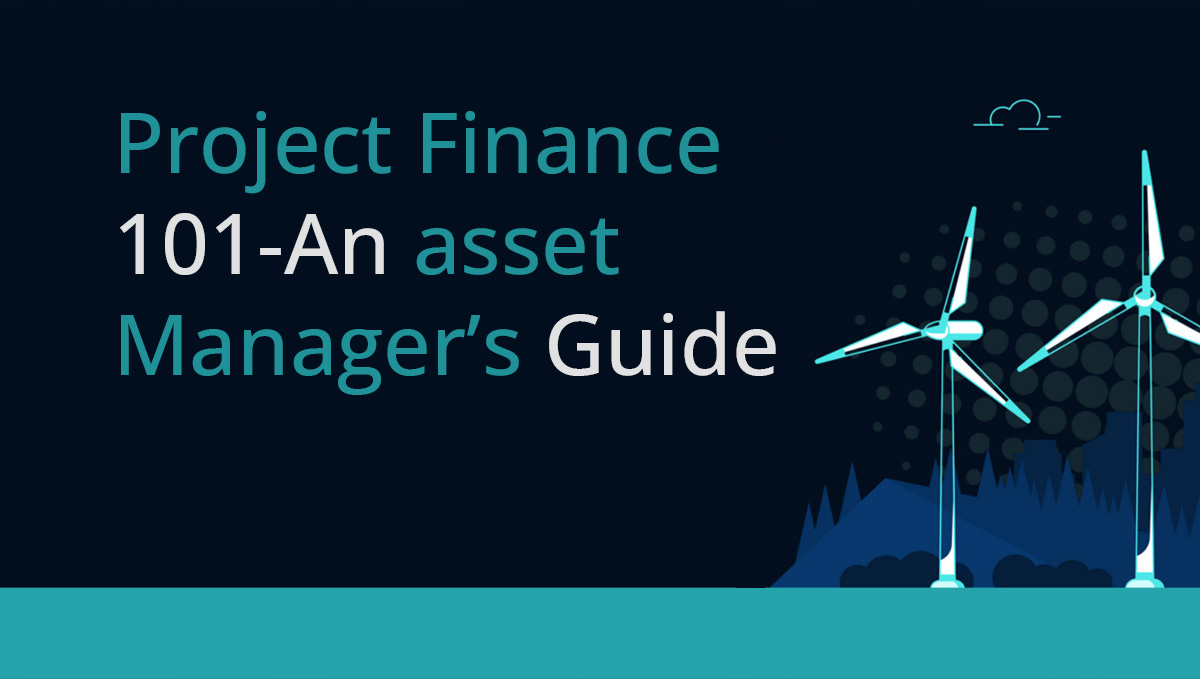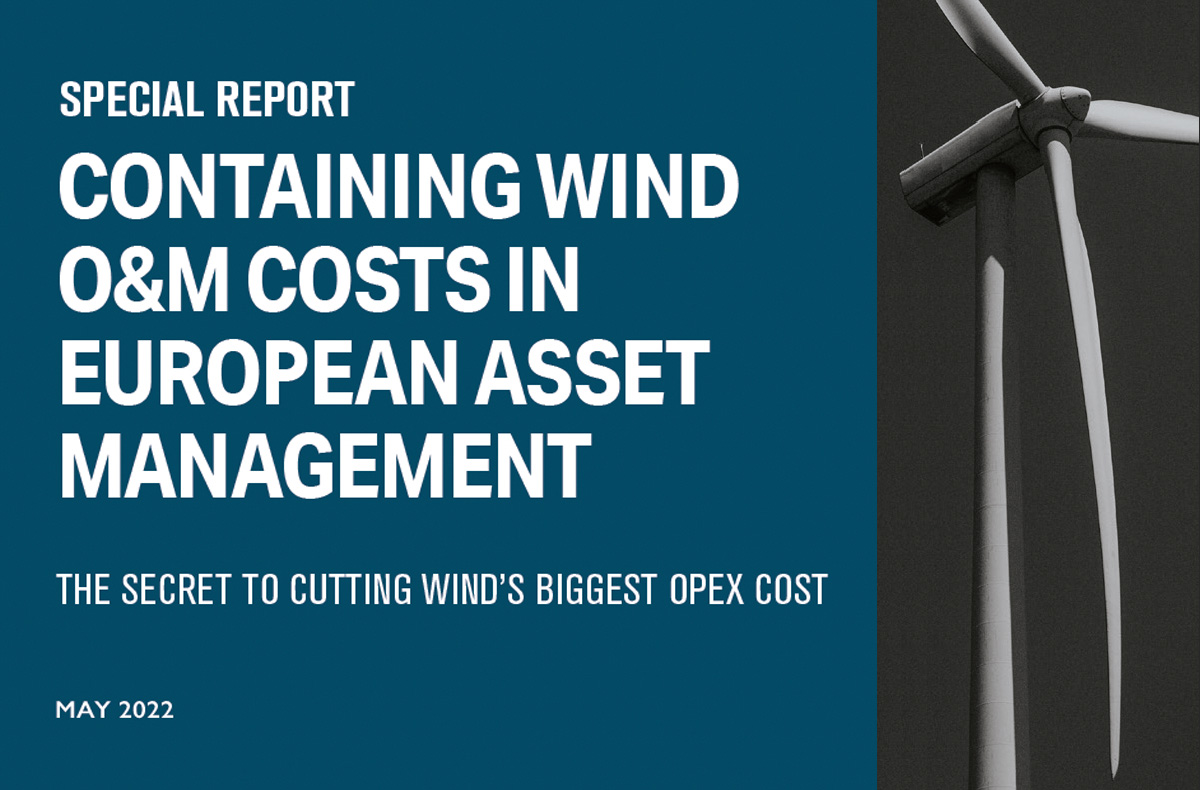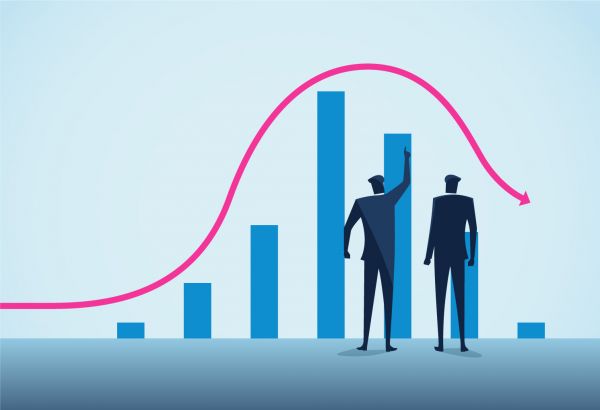Now that the Renewable Electricity Support Scheme (RESS) is about to kick off and land options will be converting to leases we felt it was timely to get our perspective on land leases down on paper. This blog post is framed around the commercial questions that can often go unanswered but which can provide some clarity and avoid an assumptions pitfall that could lead either to a consistent overpayment to landowners or an unforeseen contingent liability down the line – neither of which are desirable in a fixed income asset class.
Landowner payments are a unique operational expenditure line item in a renewable energy Special Purpose Vehicle (SPV) insofar as they are the only cost line item where it is the sole responsibility of the finance function to calculate what is due to the landowner and ensure timely and accurate payment, which is more difficult that you might think. Other variable costs like O&M, availability bonuses etc. go through rigorous testing by the technical asset manager based off of the original calculations provided by the OEM. Whereas landowners might not be financially sophisticated and are less likely to scrutinise inflation curves, core PPA terms or MWh output in order to satisfy themselves that the correct amount is paid. This can unfortunately lead to a compounding of errors year-on-year, until the lease is eventually reviewed down the road. You see, as the lease payment indexes up each year, if errors are not spotted quickly, the issue becomes much bigger as time goes on. Either you end up owing the landlord and risk a falling out, or, you end of overpaying and left with an uphill battle to reclaim the overpayment.

What is gross income anyway?
Where part or all of the lease payments are based off a percentage of gross income some key considerations apply.
– Is gross income clearly and sufficiently defined? Has the lease considered all the typical cost of sales items such as PPA admin costs, balancing/CFD costs, other market charges and even imported electricity costs required to keep the turbines operating?
– For wind projects does the agreement call out specifically if the landowner is to paid based on actual MWh’s generated on the demised premises or will the payment be made pro-rata across the entire project?. The latter is more straight forward as it lends itself to measurement off of the revenue meter. However, if the former is chosen, the only meter available is the turbine meter which is gross of internal system losses and any applicable loss adjustment factors. How does the lease propose to deal with this?
– Has additional ancillary income streams such as DS3 services, Guarantees of Origin been taken into account? Asset owners can go to considerable expense to upgrade projects to receive additional income – should this additional revenue stream be included for the purposes of calculating the lease or specifically carved out? What happens in the case of a future co-location of battery where the battery revenues flow through the SPV?
Avoid Teething Problems
The first year of lease calculations are always the most uncertain. Leases are normally designed to deal with a BAU scenario.
– Is the start date of the lease clearly defined and understood? How does this start date coincide with actual revenues flowing to the project? In certain instances we have noted that the definition of the start date on the lease does not tie into the generally accepted industry definition.
– Will the first year lease calculations take pre-commissioning revenue into account? (i.e. the revenue generated from first export to handover by the OEM) From an accounting perspective this is classed as testing revenue and therefore should be netted off against the cost of the asset on the balance sheet. Relying on an auditors statement or profit and loss account in year one to clarify the gross Income may not be reliable.
All in we would recommend that extra care is taken with year one lease calculation provisions, it may even be worth splitting this calculation out for absolute clarity.
The Inflation Factor
Lease Agreements typically point to an index such as the Consumer Price Index (CPI) as a benchmark for future inflation. Whilst this is a key term in the lease we find ourselves asking some follow-up queries:-
– Is the lease subject to negative inflation or is the agreement to floor inflation at 0%?
– Is the intention to inflate the lease payment in line with the Annual Average inflation (similar to how the Renewable Energy Feed In Tariff currently operates) or the Movement in Prices which is typically the headline number quoted by the CSO?
– What period is inflation measured over? E.g. if a lease is to inflate on each anniversary, say 1st July each year, what is the relevant period that we inflate from? In our example CSO information for June will not be available on 1st July and therefore we will need to pick a period earlier than this to peg our inflation calculations too.
Wrap it Up!
Landowners are highly valued stakeholders in the delivery of renewable energy projects. It is therefore critical that the underlying agreement operates correctly. We recommend that a solid financial formula is contained within the lease to wrap all the key commercial terms together. This formula should be independently tested by an experienced commercial asset manager to ensure all the appropriate commercial provisions stand the test of time. Lease agreements can typically last 25 – 30+ years so we believe it is worth the additional effort required to get this right at inception.
Horizon Finance is specifically designed to codify complex lease agreements and calculate accurate payments due to landowners consistently and transparently over the life of the agreement.









